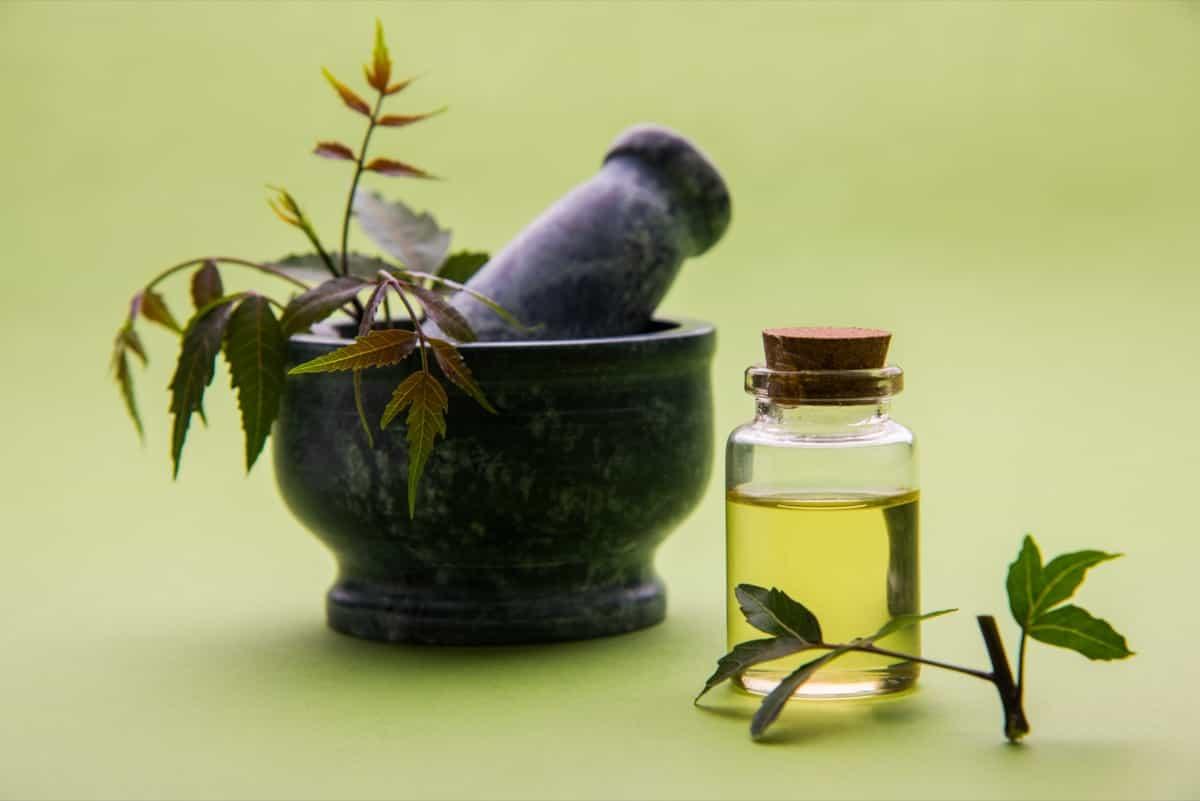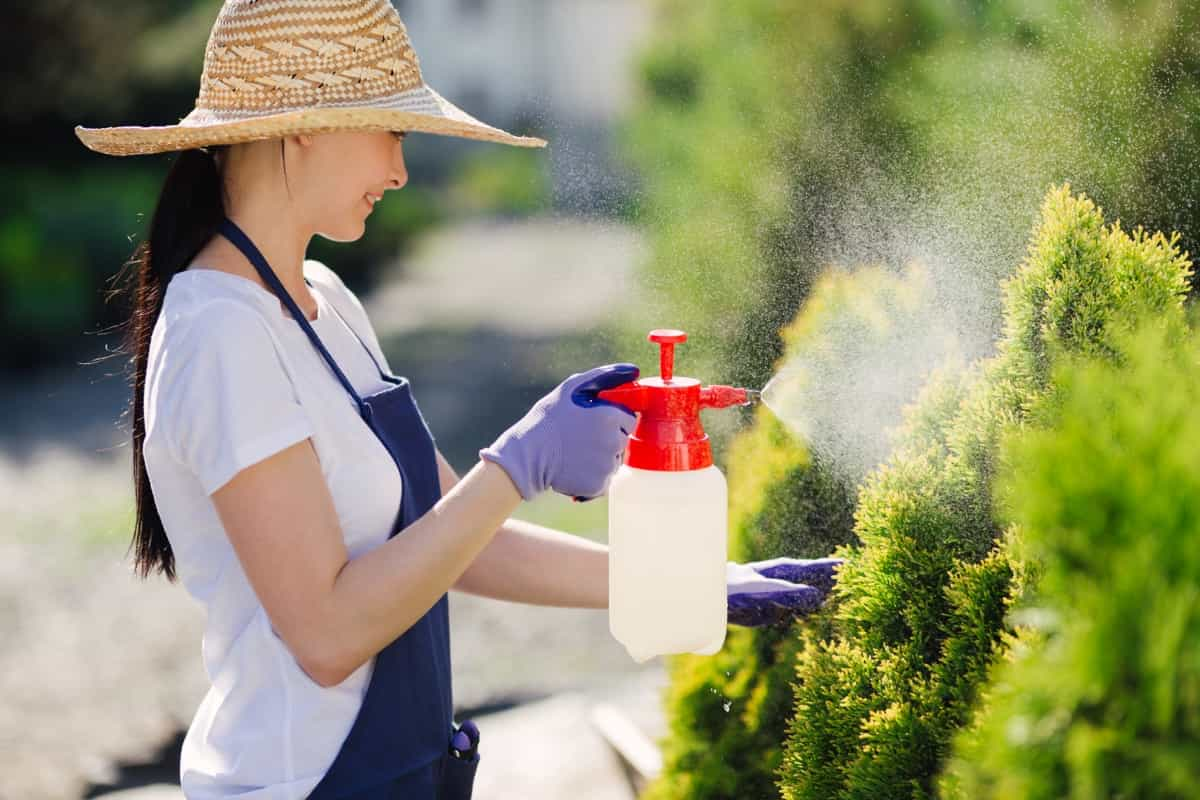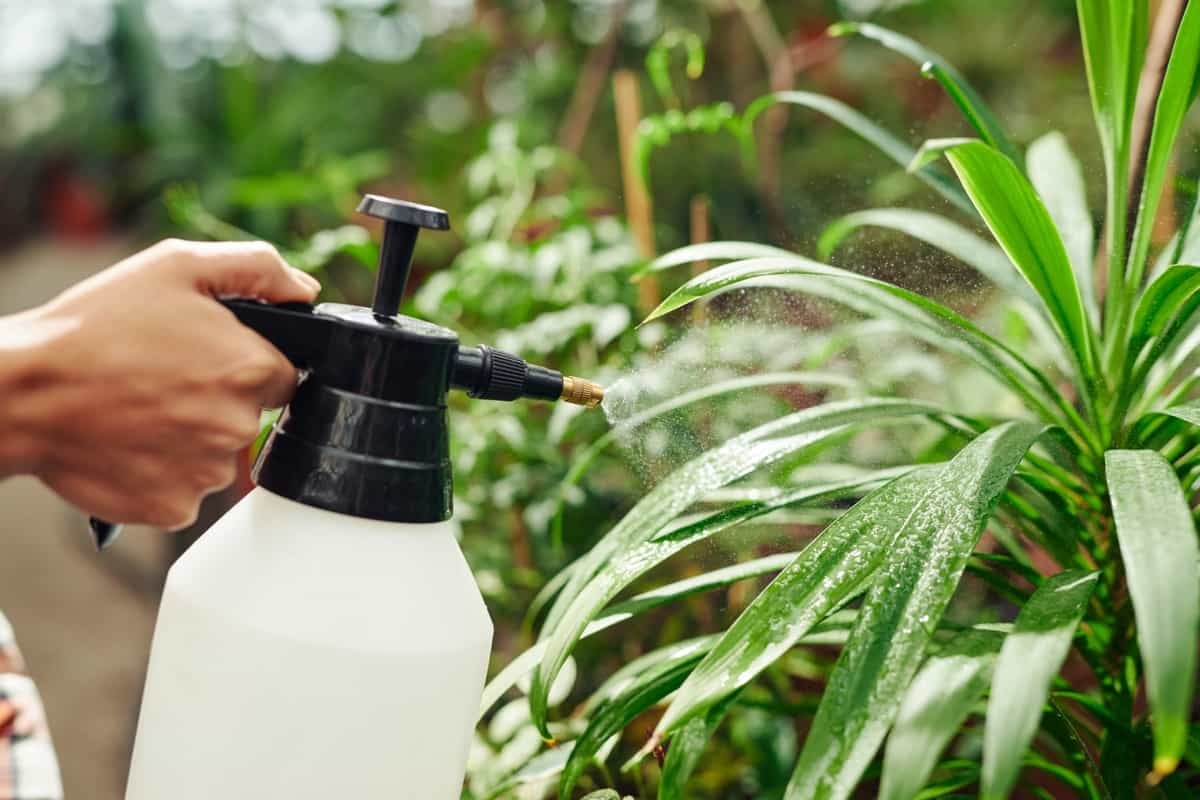Neem oil is a natural way to combat pests in your backyard garden. It works by disrupting the life cycle of insects and interfering with their feeding habits. It is a natural and effective solution for treating pests and diseases in backyard plants.

How to Use Neem Oil on Backyard Plants
Neem Oil and its Benefits for Backyard Plants
Neem oil has been hailed as a natural wonder when it comes to caring for backyard plants. Neem oil is a versatile natural remedy for controlling pests in your backyard plants. It can be used on a wide variety of plants, making it a popular choice among gardeners. Whether you have vegetables, flowers, or herbs growing in your backyard garden, neem oil can help protect them from insects and diseases.
Another advantage of using neem oil in your backyard garden is its versatility. It can be applied to various plant species, including vegetables, fruits, herbs, flowers, and even ornamental trees. Furthermore, neem oil has reduced inflammation in plant tissues caused by insect bites or diseases. This helps promote faster healing and prevents further damage.
How to Prepare Neem Oil to Use on Backyard Plants
Preparing neem oil to use on backyard plants is a straightforward process that anyone can do. Firstly, you’ll need to gather the necessary ingredients: neem oil, water, and a mild liquid soap. It can be found at most garden supply stores or online. To create your neem oil solution, start by mixing 2 tablespoons of neem oil with 1 gallon of warm water in a bottle or sprayer. Next, add about half a teaspoon of mild liquid soap to help emulsify the mixture.
Shake well to ensure everything is thoroughly combined. It’s important to note that neem oil has a strong odor, so it’s best to prepare the solution outdoors or in a well-ventilated area. It’s recommended to apply the neem oil early in the morning or late afternoon when temperatures are cooler. Remember that consistency is key when using neem oil as an organic pest control method.
Mixing and Dilution for the Right Concentration of Neem Oil
To start, you’ll need a suitable container for mixing the neem oil solution. A small spray bottle or a larger bucket can work, depending on the size of your backyard garden. It’s important to clean the container thoroughly before use to avoid any contaminants that could affect the efficacy of the mixture. Next, measure out the appropriate amount of neem oil based on the instructions on the product label. Remember, using too much or too little can affect its ability to control pests effectively.
In case you missed it: 10 Best Fruit Fly Traps in India: Price List Included

Once you have measured out the neem oil, add it slowly to warm water in your chosen container while stirring continuously. This helps with emulsification and ensures proper distribution throughout the solution. After mixing thoroughly, allow the solution to sit for a few minutes so that it fully combines and stabilizes. Once everything is ready, transfer your diluted neem oil mixture into a sprayer if needed and apply it evenly onto your backyard plants’ leaves and stems while avoiding excessive runoff onto soil surfaces.
Can Neem Oil Be Used on All Backyard Plant Varieties?
The good news is that neem oil is safe for use on a wide range of backyard plants. Whether you have flowering plants, vegetables, or herbs in your backyard garden, chances are neem oil can be used on them. However, as with any new product or treatment method, it’s always a good idea to do a small patch test before applying neem oil to all of your plants.
Different plant varieties may have varying levels of sensitivity to neem oil. Some delicate or sensitive plants may experience leaf burn or other adverse effects when treated with undiluted neem oil. To avoid any potential damage or negative reactions, dilute the neem oil based on the instructions provided by the manufacturer.
How Long Does Neem Oil Stay Effective on Backyard Plants?
The effectiveness of neem oil can vary depending on the specific pest you are trying to control. Some pests may be more resistant to neem oil than others, so it’s important to monitor the situation and adjust your treatment as necessary closely. Environmental conditions can also play a role in how long neem oil remains effective. Additionally, the frequency of application will also affect how long neem oil stays effective. It’s generally recommended to apply neem oil every 7-14 days for ongoing pest control.
Different Ways to Use Neem Oil on Backyard Plants
Spray Solution: One of the most common methods is to mix neem oil with water and apply it directly to the plants. This creates a thin film on the leaves, making it difficult for insects to feed or lay eggs.
Soil Drench: Another way to utilize neem oil is by mixing it with water and applying it directly to the soil around the plant’s roots. This helps target insects that may be residing in the soil itself, such as grubs or larvae.
Foliar Feeding: Neem oil also acts as a foliar fertilizer when mixed with water and sprayed onto plant leaves. This provides essential nutrients while simultaneously protecting against pests.
In case you missed it: How to Use Neem Oil in Polyhouse: Best Way to Get Rid of Bugs Naturally from Polyhouse Crops

Some Common Pests and Diseases That Neem Oil Can Control on Backyard Plants
The common pest that neem oil can help control is aphids. Neem oil works by disrupting their feeding patterns and inhibiting their ability to reproduce. Another pesky problem that neem oil can address is powdery mildew. This fungal disease often appears as a white or gray powdery coating on leaves, stems, and flowers. Neem oil acts as both a preventive measure and a treatment for this issue. Furthermore, neem oil has shown promise in controlling other pests, such as whiteflies, mealybugs, scale insects, and caterpillars.
How do you monitor the effectiveness of Neem Oil?
The main way to monitor its effectiveness is by regularly inspecting backyard plants for any signs of pests or diseases. Look for visible damage, like holes in leaves or wilting foliage, which can indicate the presence of insects. Another way to assess the effectiveness of neem oil is by observing the behavior of pests. Additionally, monitoring plant health is essential when using neem oil. Check if your plants are thriving and showing signs of growth and vitality.
Safety Precautions to Take When Using Neem Oil on Backyard Plants
Read the Instructions: Before using neem oil, read the label carefully and observe the instructions provided by the manufacturer. This will ensure that you use neem oil correctly and avoid any potential risks.
Wear Protective Clothing: When applying neem oil, it’s advisable to wear protective clothing such as pants, gloves, goggles, and a mask. This will protect the skin, eyes, and respiratory system from any potential irritation.
Time Application Properly: To minimize harm to beneficial insects like bees or butterflies, which play a crucial role in pollination processes, avoid applying neem oil during peak activity times (usually early morning or late evening).
Common Mistakes to Avoid When Using Neem Oil in the Garden
Overuse of Neem Oil: One common mistake gardener make is using too much neem oil on their plants. While neem oil is effective against pests, using it excessively can harm beneficial insects and disrupt the natural balance of your garden ecosystem. Follow the recommended dosage instructions and avoid over-application.
Applying in Extreme Temperatures: It’s important to avoid applying neem oil during extremely hot or cold temperatures. High temperatures can cause burning, while low temperatures may affect its effectiveness. Apply neem oil when temperatures are mild for optimal results.
Ignoring Safety Precautions: Neem oil, like any other pesticide, should be handled with care. Wear protective clothing when using it in your garden to prevent skin irritation or eye damage.
In case you missed it: How to Use Neem Oil on Cactus Plants: Best Way to Get Rid of Bugs Naturally from Cacti

Frequently Asked Questions (FAQ) on Using Neem Oil in the Backyard Garden
Is It Necessary to Dilute Neem Oil Before Using It?
Yes, neem oil needs to be diluted with water before application. The ratio can change depending on the brand and concentration of the product. Typically, a mixture of one teaspoon of neem oil per quart of water is suitable for most backyard plants.
Can I Use Neem Oil on All Types of Plants?
Yes. Neem oil is safe to use on any plant, including vegetables, fruits, flowers, ornamentals, herbs, and even houseplants.
Is Neem Oil Safe for Beneficial Insects?
Yes. Unlike synthetic pesticides, neem oil is safe for bees and other beneficial insects that help pollinate your garden.
Conclusion
Neem oil has gained popularity as a natural solution for controlling pests and diseases in backyard plants. To use neem oil on backyard plants, it’s important to prepare and apply it properly. Start by diluting the concentrated neem oil with water according to the instructions on the packaging.
- Types of Fungicides Used in Agriculture
- Common Issues in the Fruit Development Stage of Pomegranate Farming
- Fruit Development Issues in Papaya: Easy Solutions and Treatment
- Soil-Borne Diseases and How to Protect Your Plants
- Practices to Prevent Disease Spread in the Garden
- From Wilted to Thriving: How to Treat Root Rot Naturally in Houseplants
- Natural Remedies to Cure Brown Spots on Fig Tree Leaves
- Natural Solutions for Poinsettia Problems: 100% Effective Remedies
- How to Control Calla Lily Problems: Natural Remedies for Leaf and Flower Problems